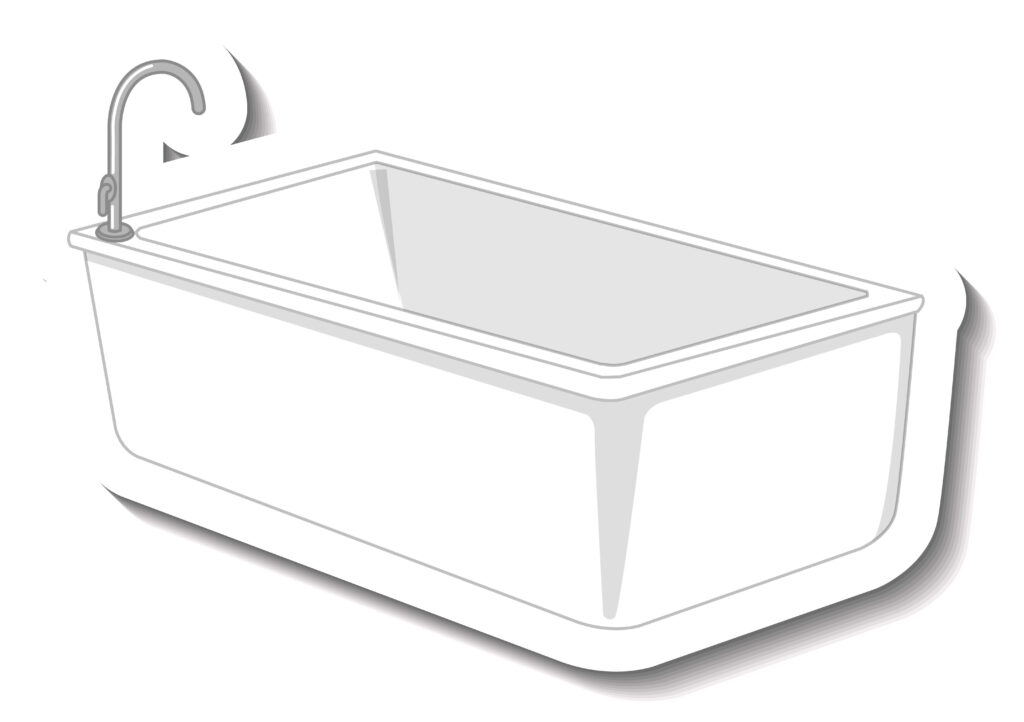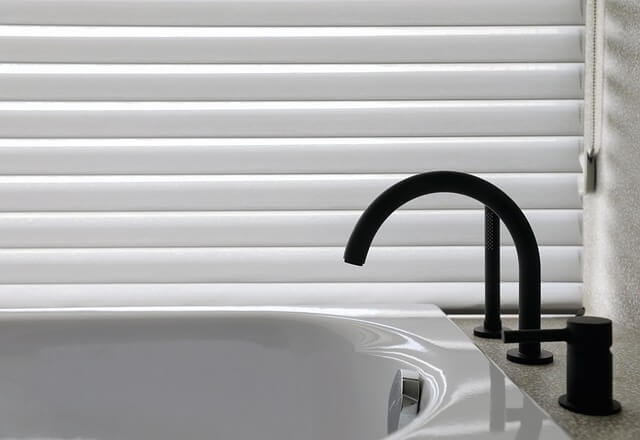5 Signs You or a Loved One in Detroit Needs a Walk-In Tub
As we age or face mobility issues, daily tasks that were once easy—like bathing—can become risky. For Detroit residents, this is a real concern. Bathrooms are one of the most common areas for in-home injuries, especially for seniors and individuals with limited mobility. That’s where a walk-in tub can make a life-changing difference.
But how do you know when it’s time to consider one? In this post, we’ll walk you through the five most important signs that you or someone you love might benefit from a walk-in tub—and what to do about it.
1. You’re Worried About Slipping in the Tub or Shower
Falls in the bathroom are extremely common—and often serious. According to the CDC, over 230,000 people are injured in the bathroom each year, with the majority involving seniors.
If you’ve found yourself holding onto the wall for balance, nervous when stepping over the tub, or avoiding showers altogether due to fear of slipping, it’s time to consider a safer solution.
Why Walk-In Tubs Help
Walk-in tubs have a low threshold entry, built-in seating, and non-slip flooring, making them significantly safer. You don’t have to lift your leg high to get in, and once inside, you can sit comfortably without the need to lower yourself into a traditional tub.
Even better, many models include grab bars and handheld showers that minimize movement. This reduces the risk of slipping dramatically—giving both users and caregivers peace of mind.
2. You Have Limited Mobility or Use Assistive Devices
Whether due to age, surgery, arthritis, or disability, limited mobility is a huge factor when it comes to bathroom safety. If you or a loved one in Detroit uses a walker, cane, or wheelchair, traditional tubs just don’t cut it.
You may find it hard to:
- Step over the edge of the tub
- Lower yourself into a seated position
- Stand for long periods while showering
- Use a tub without assistance
What a Walk-In Tub Offers
Walk-in tubs are designed with accessibility in mind. Some are ADA-compliant and allow for side transfer from a wheelchair. Others come with powered seats that assist with entering and exiting the tub.
If using the bathroom has become a challenge due to physical limitations, a walk-in tub makes independent bathing possible again.
3. You’re Recovering from Surgery or a Medical Condition
Post-surgery recovery can be tough—especially if it involves hip, knee, or back procedures. Getting into a regular tub or standing for a shower becomes not just difficult, but dangerous.
Walk-In Tub Benefits During Recovery
Walk-in tubs allow you to soak and relax your muscles without straining your body to get in and out. The therapeutic benefits of soaking in warm water can also speed up recovery by:
- Reducing swelling
- Relieving joint stiffness
- Easing pain
Many models include hydrotherapy jets which can provide targeted relief to problem areas.
Even if the need is temporary, a walk-in tub can provide much-needed comfort during healing—and long-term support as you age.
4. Bathing Is Causing Stress or Anxiety
Not every reason for needing a walk-in tub is physical. For many Detroit residents, the fear of falling or needing help to bathe causes stress. If someone avoids bathing because they feel unsafe, that’s a red flag.
It’s not uncommon for seniors to go days or even weeks without bathing due to:
- Embarrassment over needing help
- Past falls or close calls
- Difficulty using conventional tubs or showers
- Feeling like they’re losing independence
Regaining Confidence with a Walk-In Tub
Installing a walk-in tub can restore dignity. It allows people to bathe safely on their own schedule and maintain privacy, which is incredibly important for mental and emotional well-being.
The easier it is to bathe safely, the more likely it is to happen consistently—improving overall hygiene and health.
5. Caregivers Are Struggling to Help
If you’re helping a parent or spouse bathe and struggling with the process, you’re not alone. Bathing assistance can be one of the most difficult tasks for caregivers. Lifting, steadying, and supporting someone in a wet environment puts both people at risk.
Make Care Easier and Safer
Walk-in tubs help caregivers by:
- Reducing the amount of lifting required
- Making transfers easier and safer
- Allowing the user to sit upright comfortably
- Eliminating awkward bending and maneuvering
In short, they make bathing safer and less physically demanding for everyone involved. That’s a win for caregivers and loved ones alike.
What to Do If You Notice These Signs
If you’ve noticed any of these signs in your own life or in a loved one’s daily routine, don’t wait until an accident happens. A walk-in tub is a proactive investment in health, safety, and peace of mind.
Here’s What You Can Do:
- Assess the situation honestly. Are there signs of struggle, fear, or recent close calls in the bathroom?
- Talk to your loved ones. Many seniors downplay their struggles—bring up the topic gently and without judgment.
- Get a quote or consultation. Most walk-in tub providers in Detroit offer free in-home estimates or phone consultations. Take advantage of that.
- Plan for the future. Even if the need isn’t immediate, aging-in-place planning is smart—and far less expensive than paying for injuries or assisted living later.

Frequently Asked Questions
How much does a walk-in tub cost in Detroit?
Prices vary, but most basic walk-in tubs range from $4,000 to $8,000, installed. Higher-end models with features like hydrotherapy or fast-drain systems can cost more. Some seniors may qualify for financing or rebates.
Does insurance cover walk-in tubs?
Unfortunately, Medicare typically does not cover walk-in tubs because they’re not considered medically necessary. However, Medicaid waiver programs or veteran benefits may help cover costs in certain cases.
How long does installation take?
Most walk-in tub installations can be completed in 1 to 2 days. A good contractor will handle removal of your old tub and ensure everything is waterproof and safe.
Final Thoughts: Don’t Wait for a Fall to Make a Change
It’s easy to put off safety upgrades until something serious happens—but that’s the worst time to take action. Installing a walk-in tub is about being proactive, not reactive.
If you or someone you love in Detroit is showing signs that a walk-in tub might be needed, now’s the time to explore your options. You’ll gain confidence, safety, and independence—all from one smart change.


